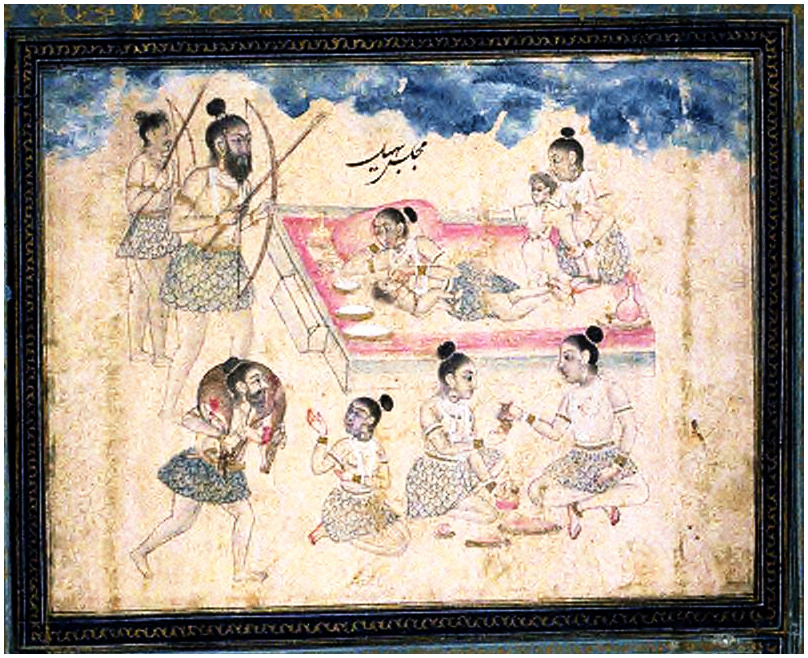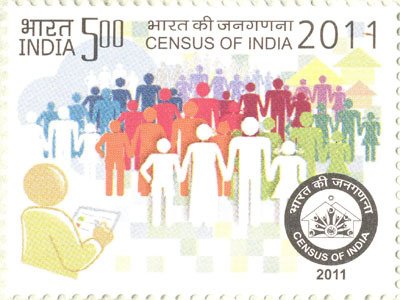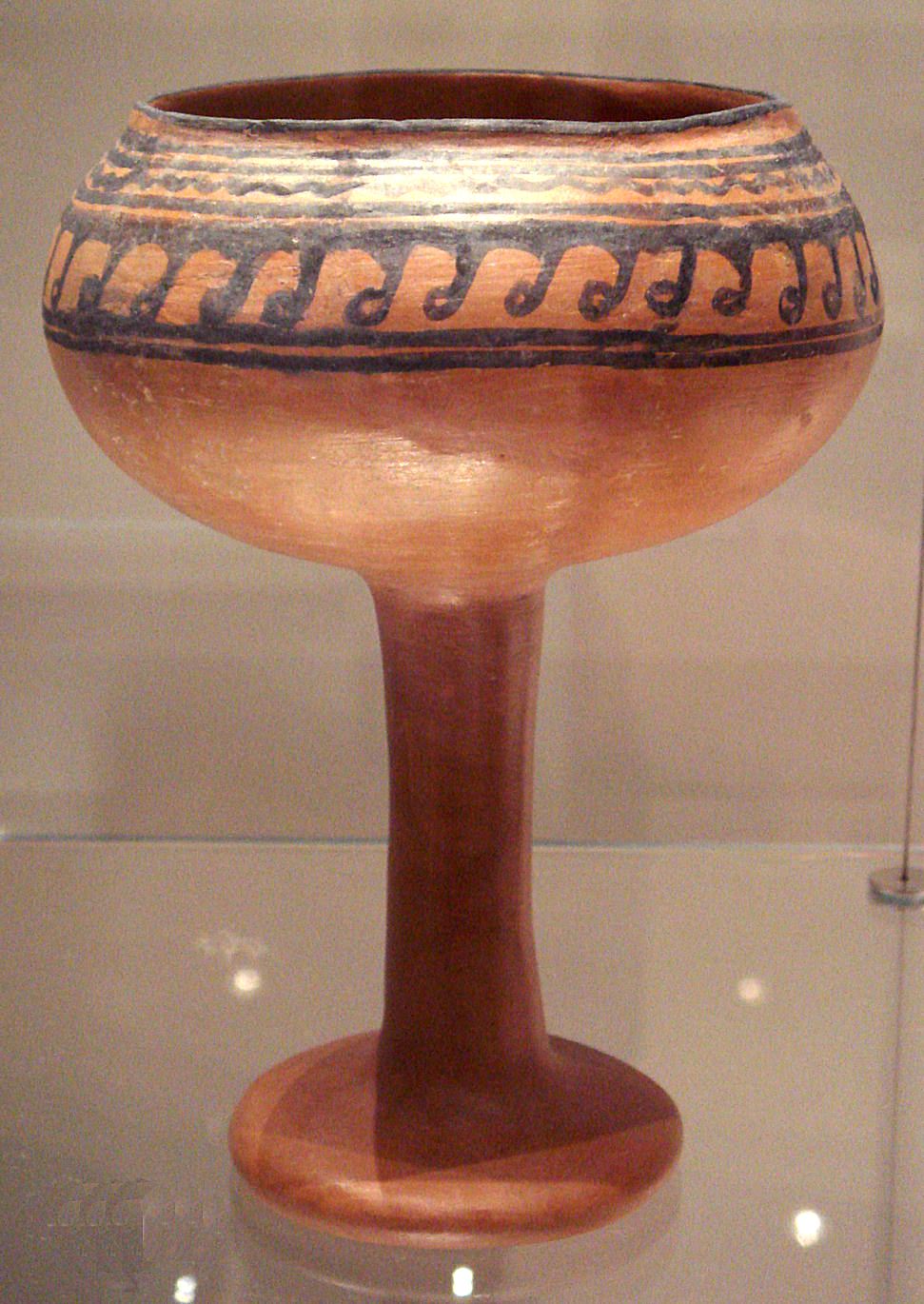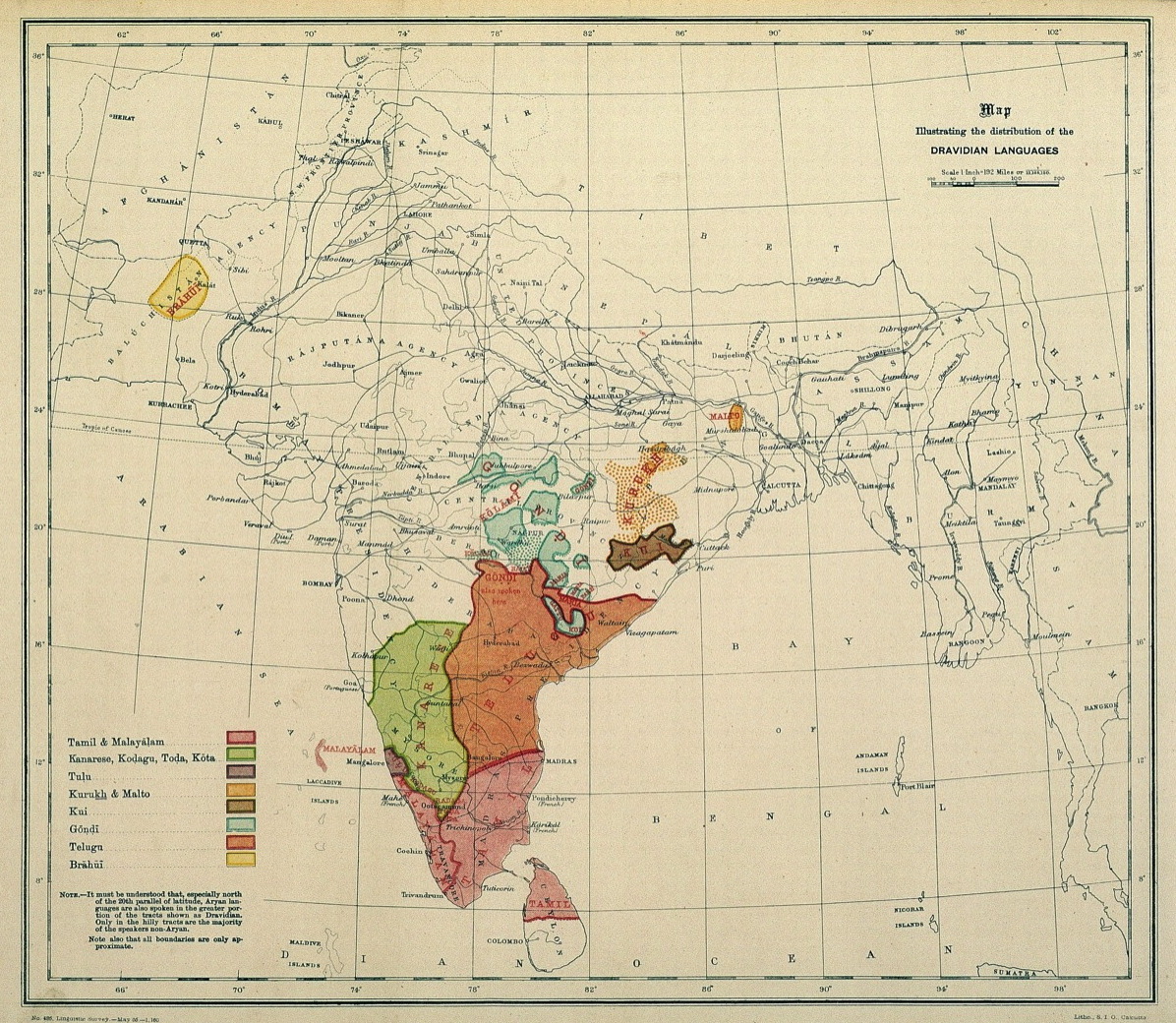|
Bhil
Bhil or Bheel is an ethnic group in western India. They speak the Bhil languages, a subgroup of the Western Zone of the Indo-Aryan languages. Bhils are listed as tribal people of the states of Gujarat, Madhya Pradesh, ( bhilpradesh ) Chhattisgarh, Maharashtra and Rajasthan—all in the western Deccan regions and central India—as well as in Tripura in far-eastern India, on the border with Bangladesh. Bhils are divided into a number of endogamous territorial divisions, which in turn have a number of clans and lineages. Many Bhils now speak the dominant later language of the region they reside in, such as Marathi, Gujarati or a Bhili language dialect. Etymology Some scholars suggest that the term Bhil is derived from the word ''billa'' or ''billu'' which means bow in the Dravidian lexis. The term Bhil is used to refer to "various ethnic communities" living in the forests and hills of Rajasthan's southern parts and surrounding regions of western India, highlighting the "popu ... [...More Info...] [...Related Items...] OR: [Wikipedia] [Google] [Baidu] |
2011 Census Of India
The 2011 Census of India or the 15th Indian Census was conducted in two phases, house listing and population enumeration. The House listing phase began on 1 April 2010 and involved the collection of information about all buildings. Information for National Population Register (NPR) was also collected in the first phase, which will be used to issue a 12-digit unique identification number to all registered Indian residents by Unique Identification Authority of India. The second population enumeration phase was conducted between 9 and 28 February 2011. Census has been conducted in India since 1872 and 2011 marks the first time biometric information was collected. According to the provisional reports released on 31 March 2011, the Indian population increased to 1.21 billion with a decadal growth of 17.70%. Adult literacy rate increased to 74.04% with a decadal growth of 9.21%. The motto of the census was 'Our Census, Our future'. Spread across 28 states and 8 union territories, t ... [...More Info...] [...Related Items...] OR: [Wikipedia] [Google] [Baidu] |
Rathwa
The Rathva or Rathwa also spelled as Rathava and Rathawa is a Subcaste of the Koli caste found in the Indian state of Gujarat. Rathava Kolis were agriculturist by profession and turbulent by habits but now lives like Adivasis such as Bhil because of their neighborhood Classification The Rathva Kolis were classified as Other Backward Class or OBC by Government of Gujarat but in August 2022 reclassified as a Scheduled Tribes. History and origin The Rathwa derive their name from the word ''rathbistar'', which means an inhabitant of a forest or hilly region. Their communal belief is that they came to the Gujarat area in the Middle Ages from what is now known as Madhya Pradesh. According to the Government of Gujarat, they are now found in the talukas of Chhota Udaipur, Jabugam and Nasvadi in Vadodara district and the Baria, Halol and Kalol talukas of Panchmahal district. Although sometimes referred to as the Rathwa Koli, and sometimes self-identifying as such, they are treat ... [...More Info...] [...Related Items...] OR: [Wikipedia] [Google] [Baidu] |
Malwa
Malwa is a historical region of west-central India occupying a plateau of volcanic origin. Geologically, the Malwa Plateau generally refers to the volcanic upland north of the Vindhya Range. Politically and administratively, it is also synonymous with the former state of Madhya Bharat which was later merged with Madhya Pradesh. At present the historical Malwa region includes districts of western Madhya Pradesh and parts of south-eastern Rajasthan. Sometimes the definition of Malwa is extended to include the Nimar region south of the Vindhyas. The Malwa region had been a separate political unit from the time of the ancient Malava Kingdom. It has been ruled by several kingdoms and dynasties, including the Avanti Kingdom, The Mauryans, the Malavas, the Guptas, the Paramaras, the Delhi Sultanate, the Malwa sultans, the Mughals and the Marathas. Malwa continued to be an administrative division until 1947, when the Malwa Agency of British India was merged into Madhya Bharat (a ... [...More Info...] [...Related Items...] OR: [Wikipedia] [Google] [Baidu] |
Gale (publisher)
Gale is a global provider of research and digital learning resources. The company is based in Farmington Hills, Michigan, west of Detroit. It has been a division of Cengage since 2007. The company, formerly known as Gale Research and the Gale Group, is active in research and educational publishing for Public libraries, public, Academic libraries, academic, and school libraries, and businesses. The company is known for its full-text magazine and newspaper databases, Gale OneFile (formerly known as Infotrac), and other online databases subscribed by libraries, as well as multi-volume reference works, especially in the areas of religion, history, and social science. Founded in Detroit, Michigan, in 1954 by Frederick Gale Ruffner Jr., the company was acquired by the International Thomson Organization (later the Thomson Corporation) in 1985 before its 2007 sale to Cengage. History In 1998, Gale Research merged with Information Access Company and Primary Source Media, two companies a ... [...More Info...] [...Related Items...] OR: [Wikipedia] [Google] [Baidu] |
Indigenous Peoples
Indigenous peoples are culturally distinct ethnic groups whose members are directly descended from the earliest known inhabitants of a particular geographic region and, to some extent, maintain the language and culture of those original peoples. The term ''Indigenous'' was first, in its modern context, used by Europeans, who used it to differentiate the Indigenous peoples of the Americas from the European settlers of the Americas and from the Sub-Saharan Africans who were brought to the Americas as enslaved people. The term may have first been used in this context by Sir Thomas Browne in 1646, who stated "and although in many parts thereof there be at present swarms of ''Negroes'' serving under the ''Spaniard'', yet were they all transported from ''Africa'', since the discovery of ''Columbus''; and are not indigenous or proper natives of ''America''." Peoples are usually described as "Indigenous" when they maintain traditions or other aspects of an early culture that is assoc ... [...More Info...] [...Related Items...] OR: [Wikipedia] [Google] [Baidu] |
Dravidian Languages
The Dravidian languages (or sometimes Dravidic) are a family of languages spoken by 250 million people, mainly in southern India, north-east Sri Lanka, and south-west Pakistan. Since the colonial era, there have been small but significant immigrant communities in Mauritius, Myanmar, Singapore, Malaysia, Indonesia, Philippines, United Kingdom, Australia, France, Canada, Germany, South Africa, and the United States. The Dravidian languages are first attested in the 2nd century BCE, as Tamil-Brahmi script, inscribed on the cave walls in the Madurai and Tirunelveli districts of Tamil Nadu. The Dravidian languages with the most speakers are (in descending order of number of speakers) Telugu, Tamil, Kannada and Malayalam, all of which have long literary traditions. Smaller literary languages are Tulu and Kodava. There are also a number of Dravidian-speaking scheduled tribes, such as the Kurukh in Eastern India and Gondi in Central India. Outside of India, Brahui is mo ... [...More Info...] [...Related Items...] OR: [Wikipedia] [Google] [Baidu] |
Bhili Language
Bhili (Bhili: ), , is a Western Indo-Aryan language spoken in west-central India, in the states of Rajasthan, Gujarat, Maharashtra, and Madhya Pradesh. Other names for the language include Bhagoria and Bhilboli; several varieties are called Garasia. Bhili is a member of the Bhil languages, which are related to Gujarati and Rajasthani. The language is written using the Devanagari script. Bhili has no official status in India. Phonology Consonants * may also be heard as in free variation. * occurs in loanwords from Persian and Hindi. * is heard as an allophone of preceding . Vowels * Vowels can also be heard as . * is borrowed from Hindi. * may also be heard as in final position. * Further reading * Bodhankar, Anantrao. ''Bhillori (Bhilli) – English Dictionary''. Pune: Tribal Research & Training Institute, 2002. * Jungblut, L. ''A Short Bhili Grammar of Jhabua State and Adjoining Territories''. S.l: s.n, 1937. * Thompson, Charles S. ''Rudiments of the Bhili ... [...More Info...] [...Related Items...] OR: [Wikipedia] [Google] [Baidu] |






